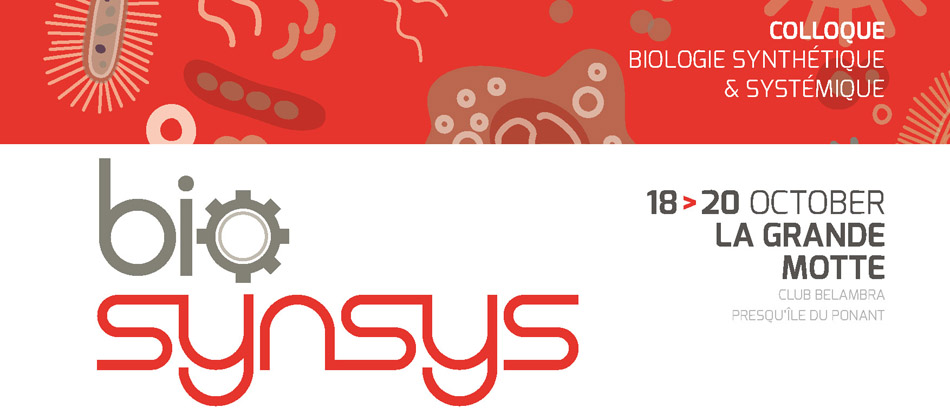Complex phenotypes, such as lipid accumulation, result from cooperativity between regulators and the integration of multiscale information. However, the elucidation of such regulatory programs by experimental approaches may be challenging, particularly in context-specific conditions. In particular, we know very little about the regulators of lipid accumulation in the oleaginous yeast of industrial interest Yarrowia lipolytica. This lack of knowledge limits the development of this yeast as an industrial platform, due to the time-consuming and costly laboratory efforts required to design strains with the desired phenotypes. In this study, we aimed to identify context-specific regulators and mechanisms, to guide explorations of the regulation of lipid accumulation in Y. lipolytica. Using gene regulatory network (GRN) inference, and considering the expression of 6539 genes over 26 time points from GSE35447 for biolipid production and a list of 151 transcription factors (TF), we reconstructed a GRN comprising 111 transcription factors, 4451 target genes and 17048 regulatory interactions (YL-GRN-1) supported by evidence of protein-protein interactions. This study, based on network interrogation and wet laboratory validation (a) highlights the relevance of our proposed measure, the TF influence, for identifying phases corresponding to changes in physiological state without prior knowledge (b) suggests new potential regulators and drivers of lipid accumulation and (c) experimentally validates the impact of six of the nine regulators identified on lipid accumulation, with variations in lipid content from +43.2% to -31.2% on glucose or glycerol.
- Poster

 PDF version
PDF version
